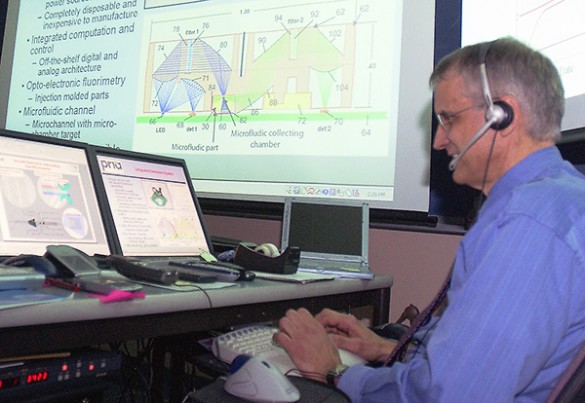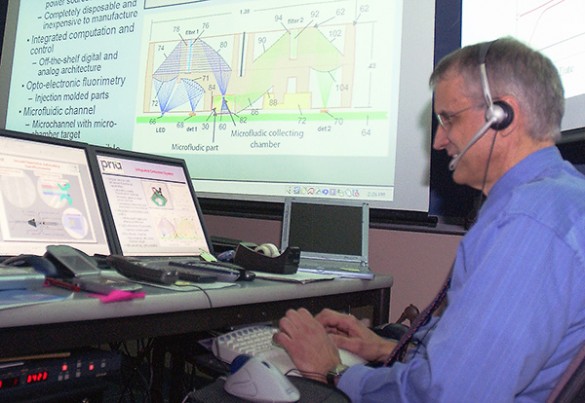By David Salisbury
An interdisciplinary team of scientists has taken a major step toward automating the scientific process with the Automated Biology Explorer (ABE) system, which can analyze raw experimental data from a biological system and derive the basic mathematical equations that describe the way the system operates.
According to the researchers at Vanderbilt University, Cornell University and CFD Research Corporation, it is one of the most complex scientific modeling problems that a computer has solved completely from scratch.
The work was a collaboration between John P. Wikswo, the Gordon A. Cain University Professor at Vanderbilt, Michael Schmidt and Hod Lipson at the Creative Machines Lab at Cornell University and Jerry Jenkins and Ravishankar Vallabhajosyula at CFDRC in Huntsville, Ala.
John P. Wikswo, the Gordon A. Cain University Professor at Vanderbilt, has christened the is a unique piece of software called
ABE’s “brain” is software called Eureqa, developed at Cornell in 2009. One of Eureqa’s initial achievements was identifying the basic laws of motion by analyzing the motion of a double pendulum. What took Sir Isaac Newton years to discover, Eureqa did in a few hours when running on a personal computer.
http://news.vanderbilt.edu/2011/10/robot-biologist/



